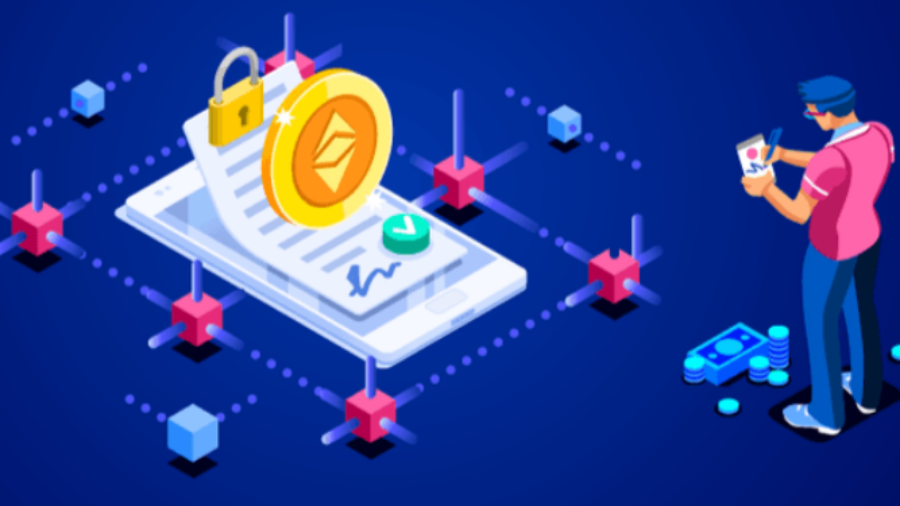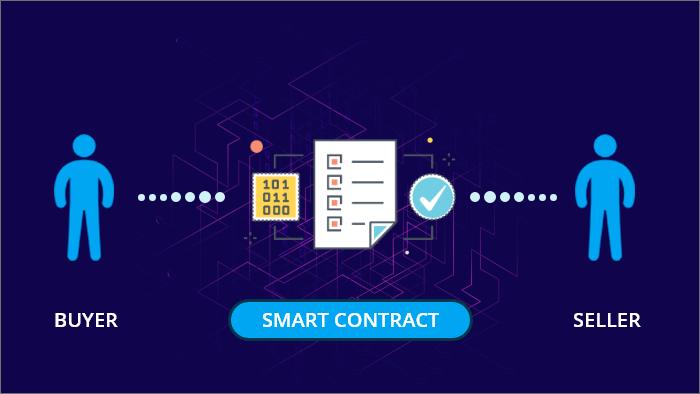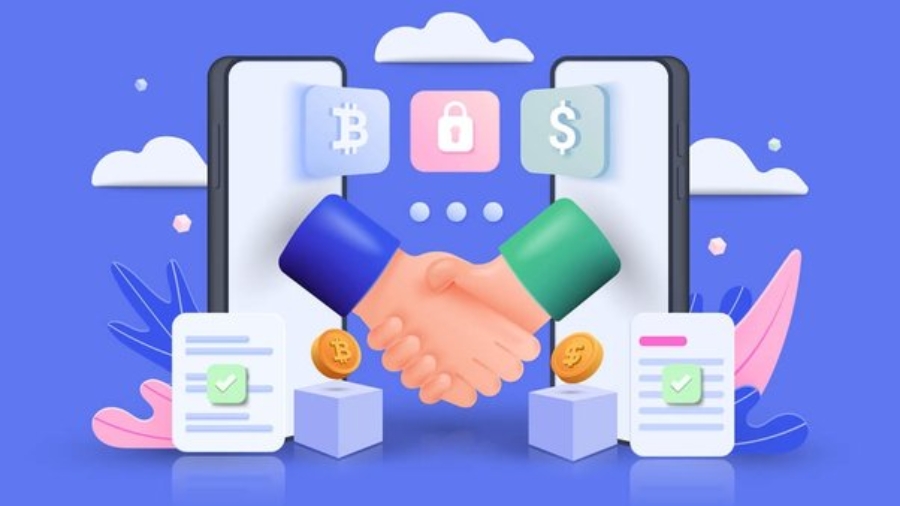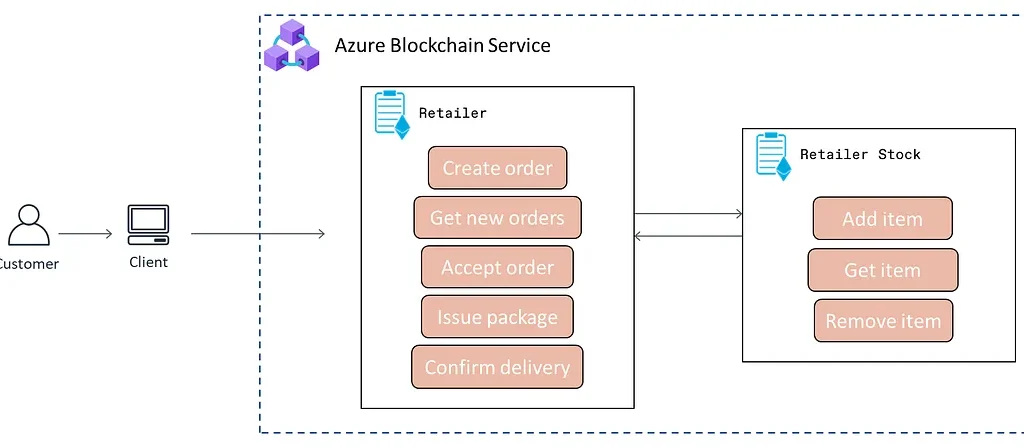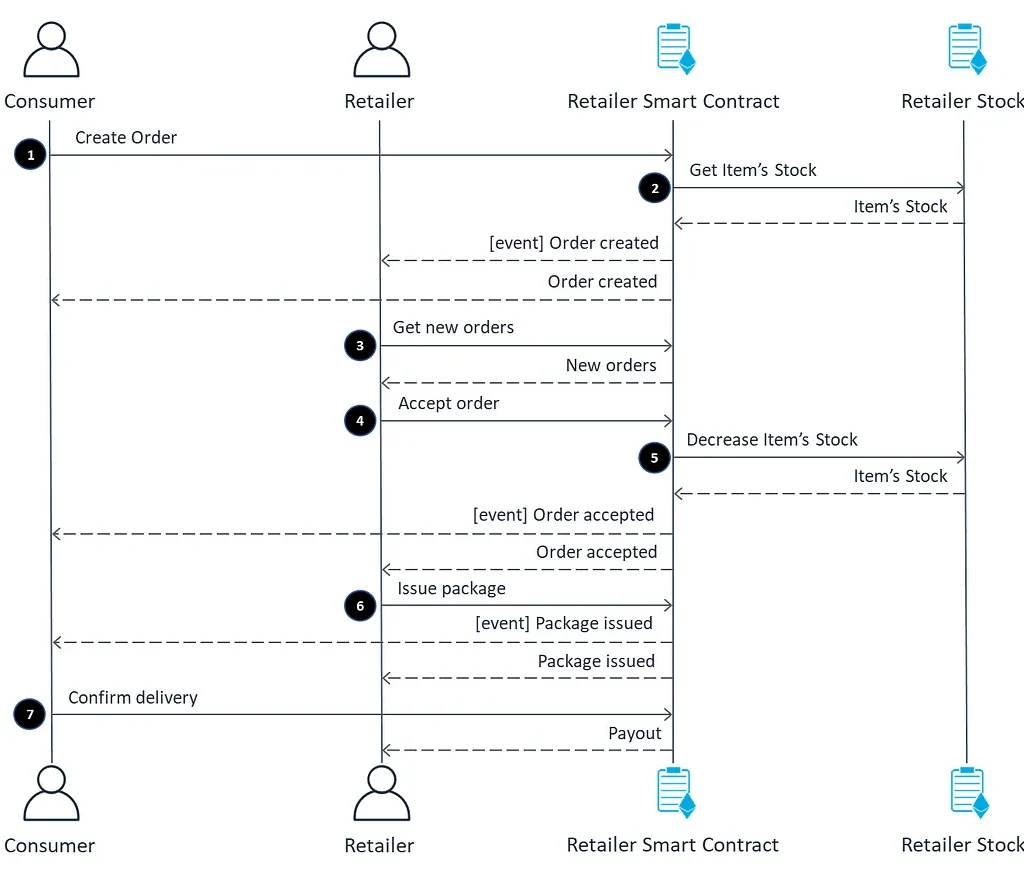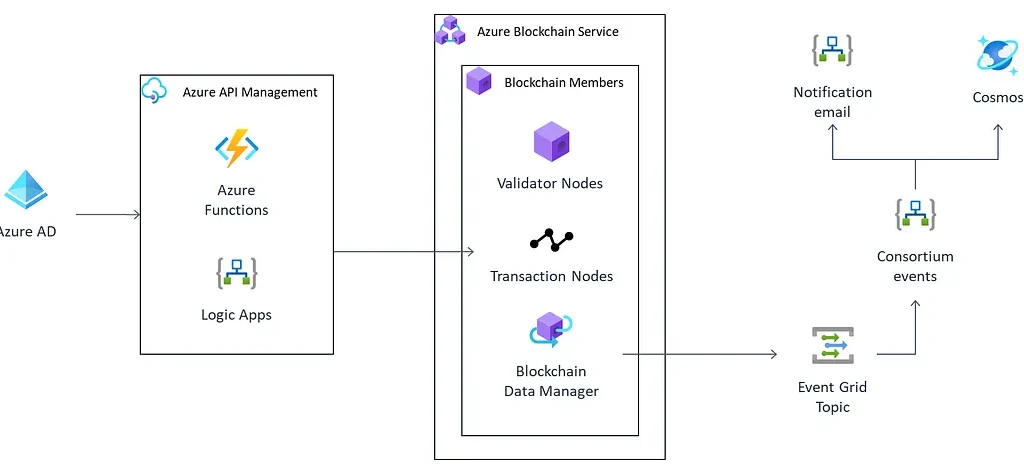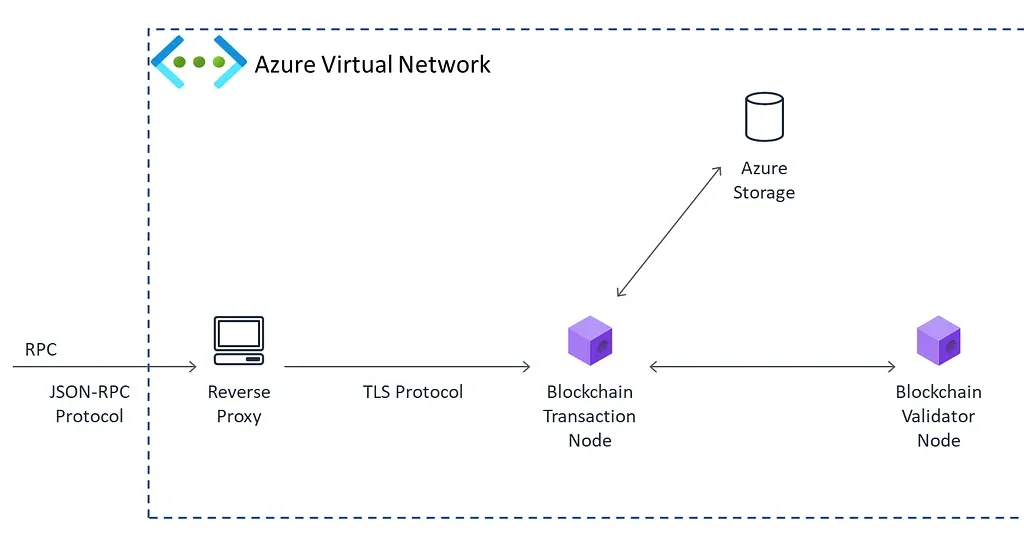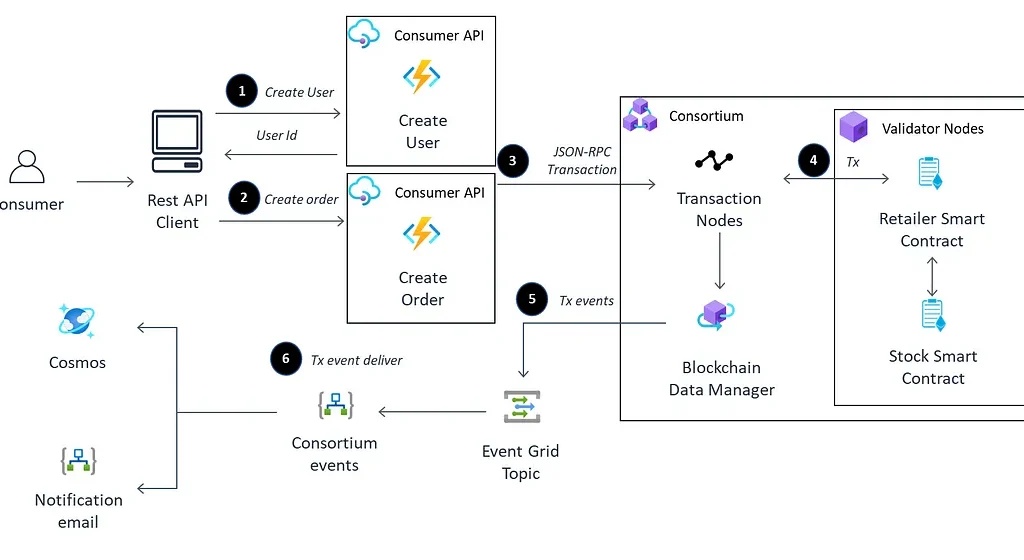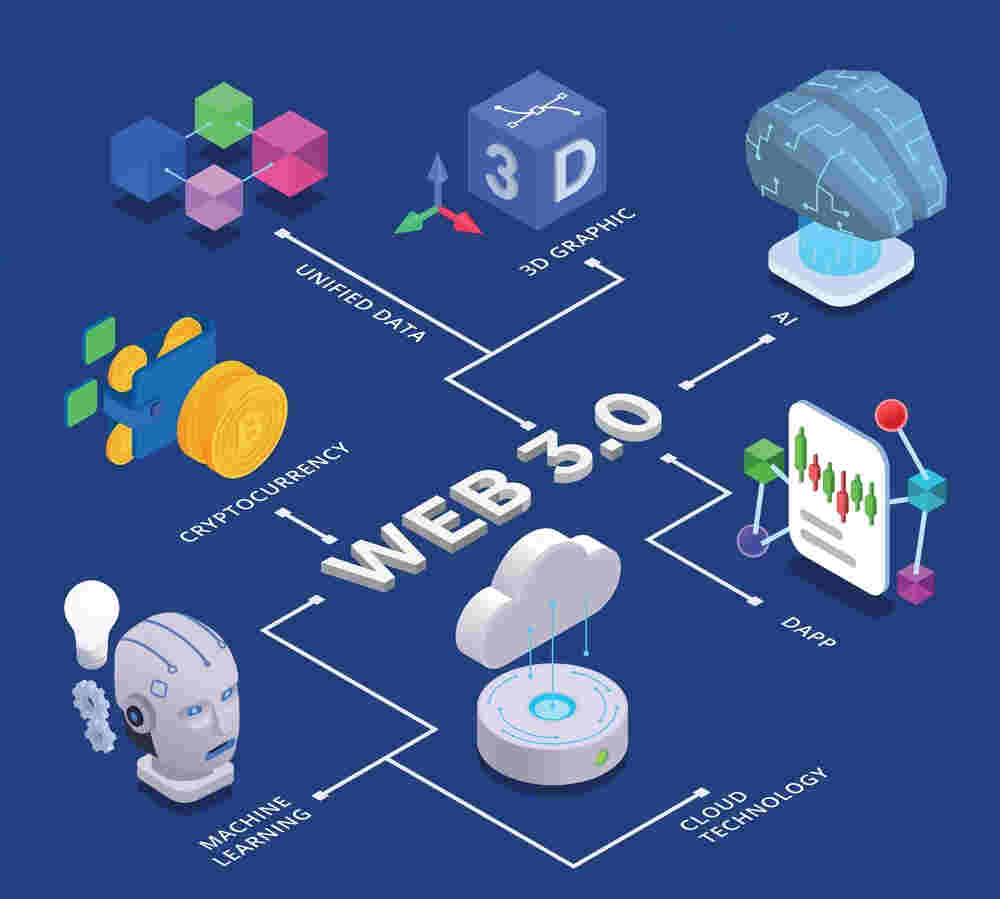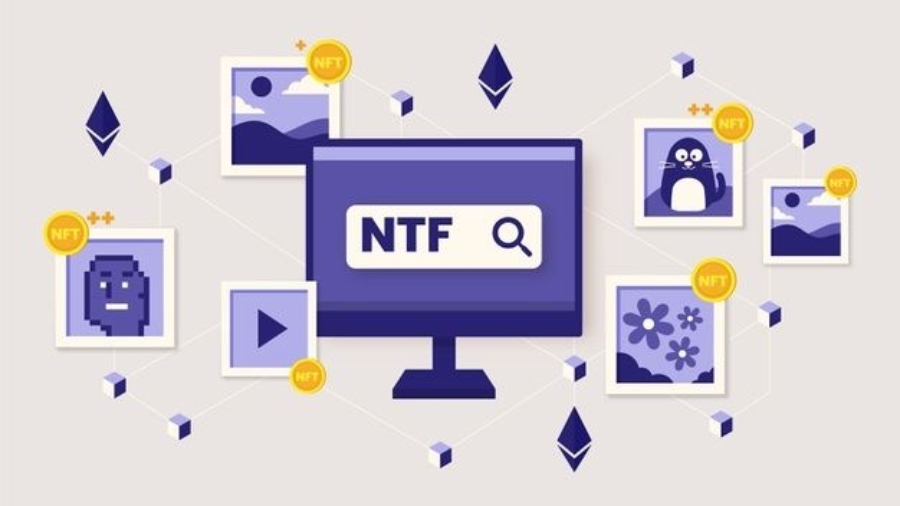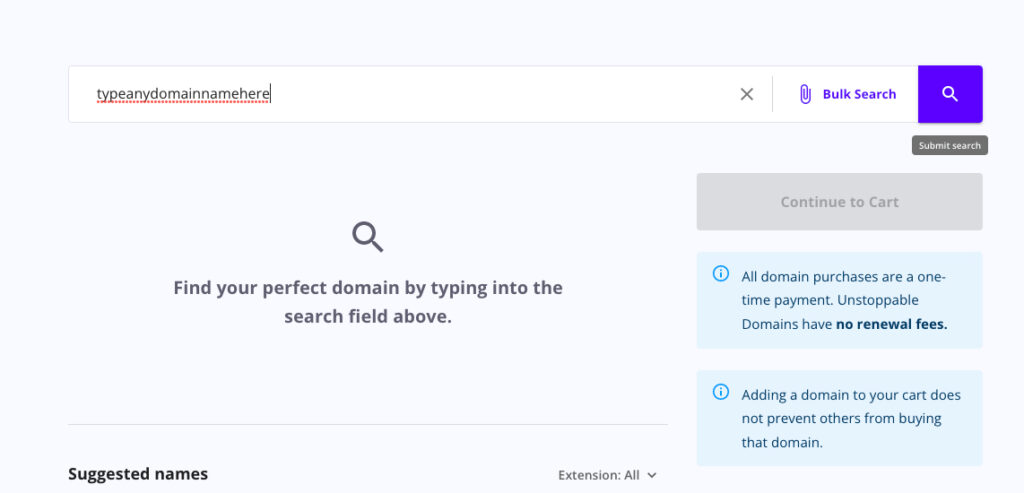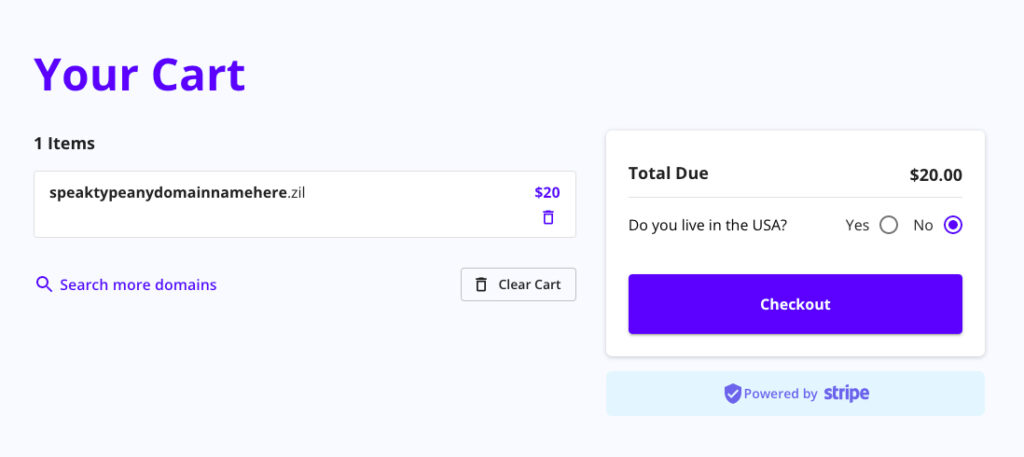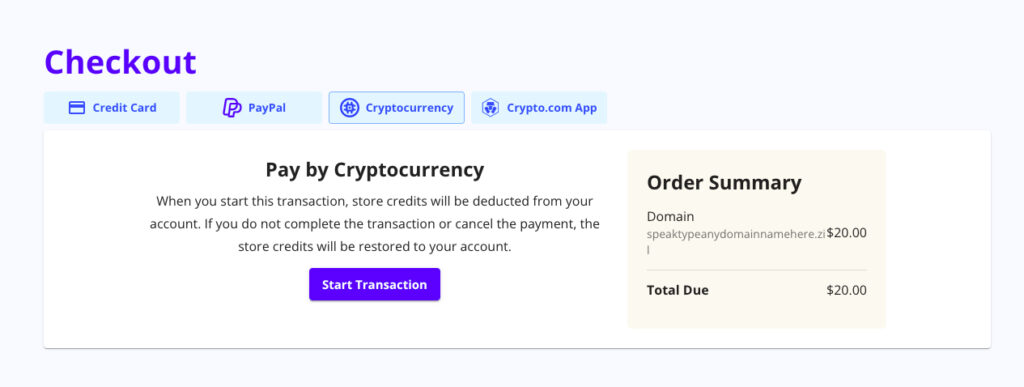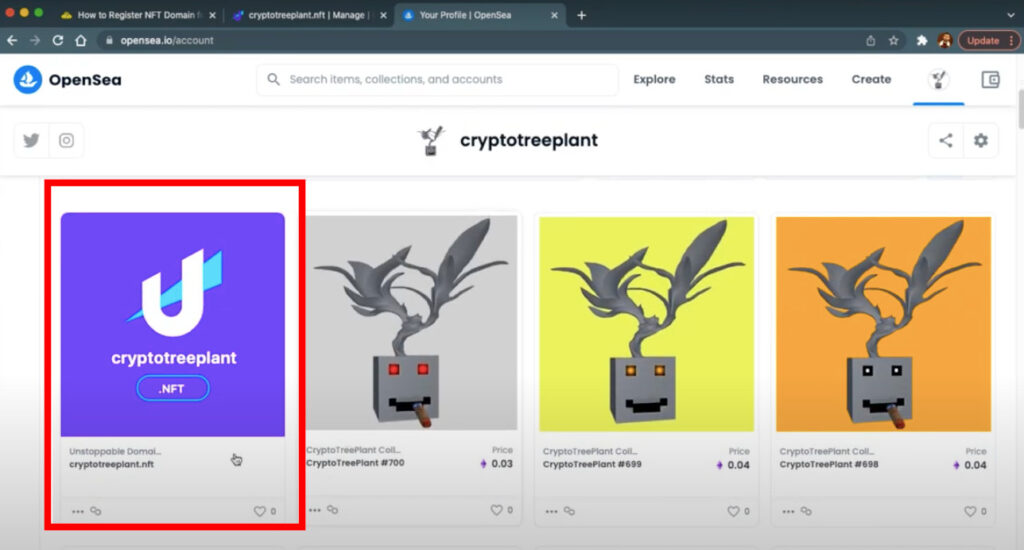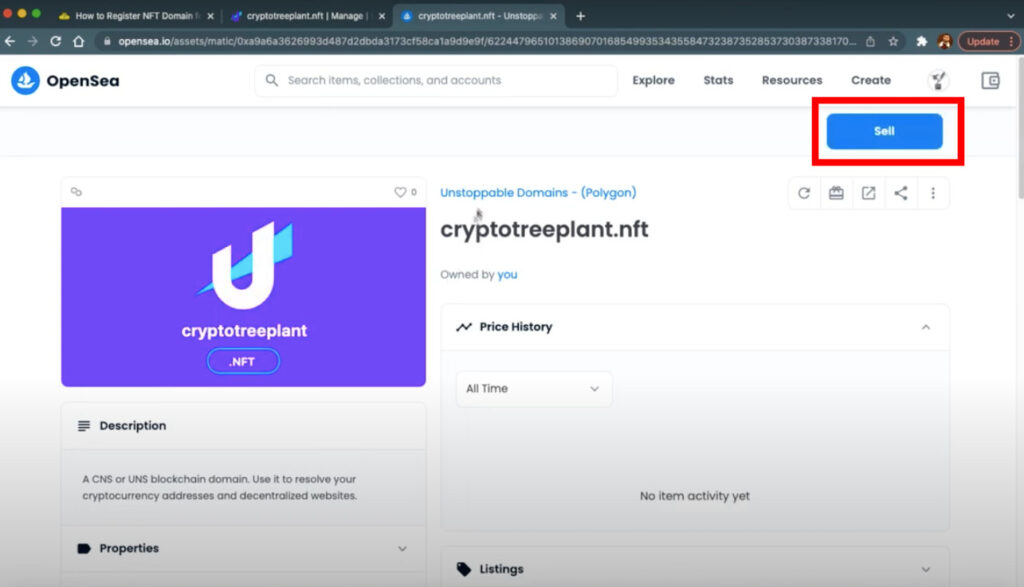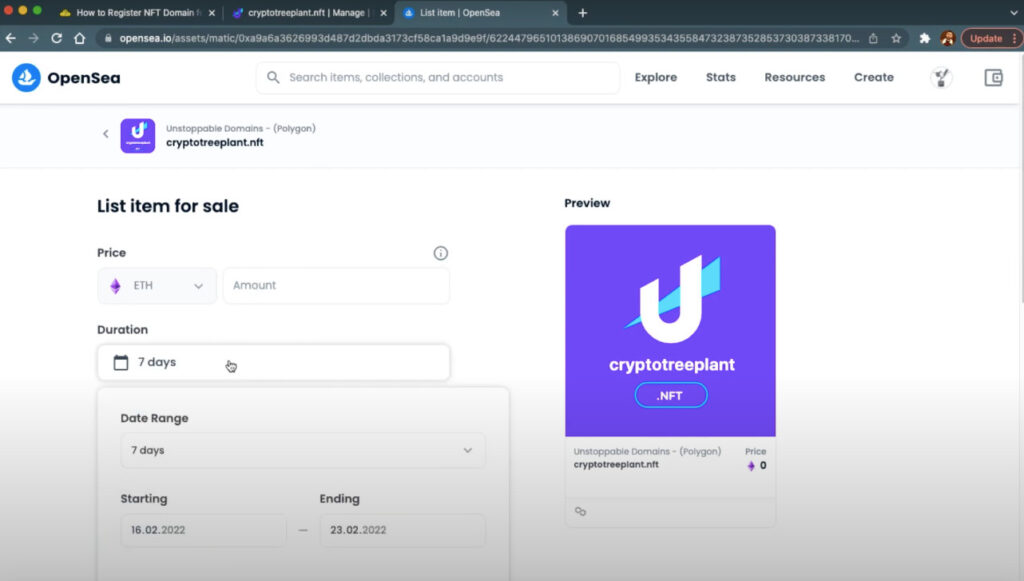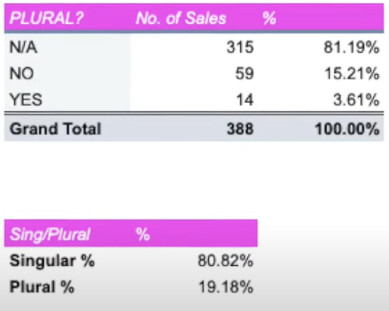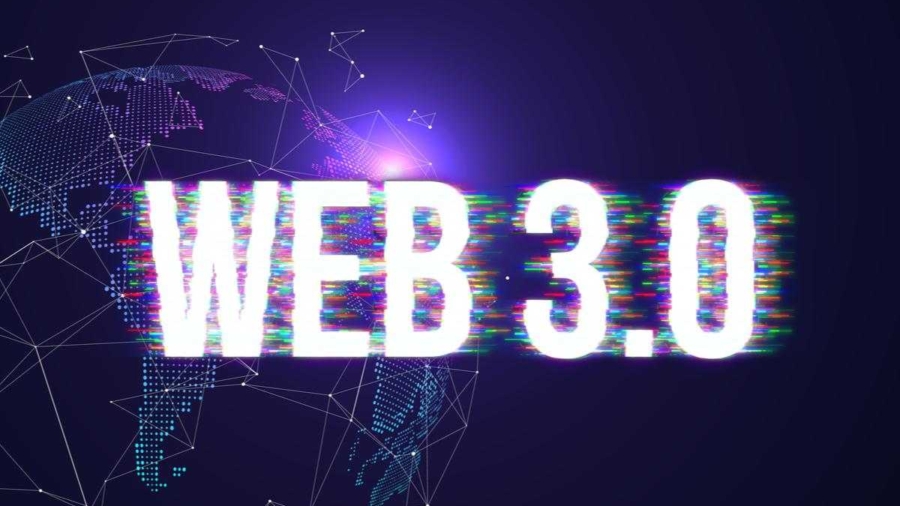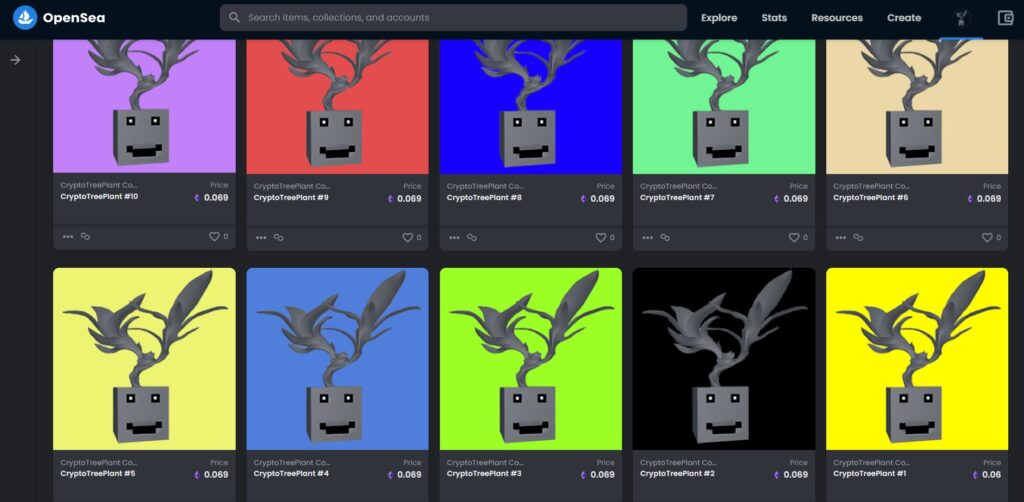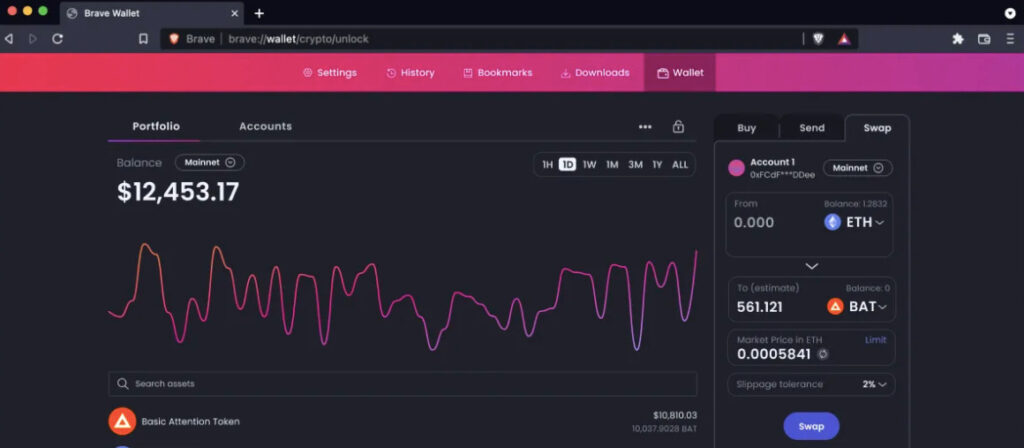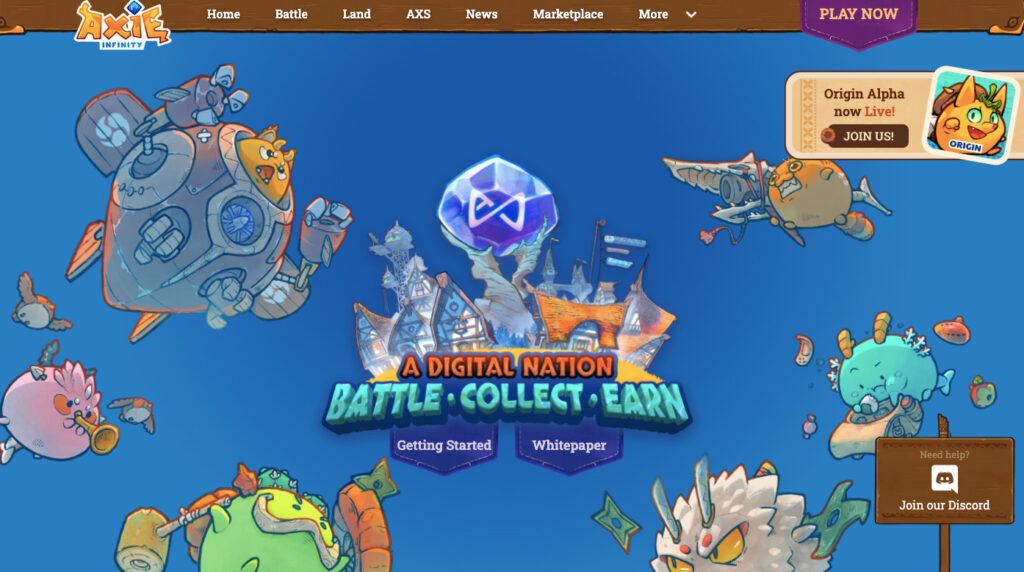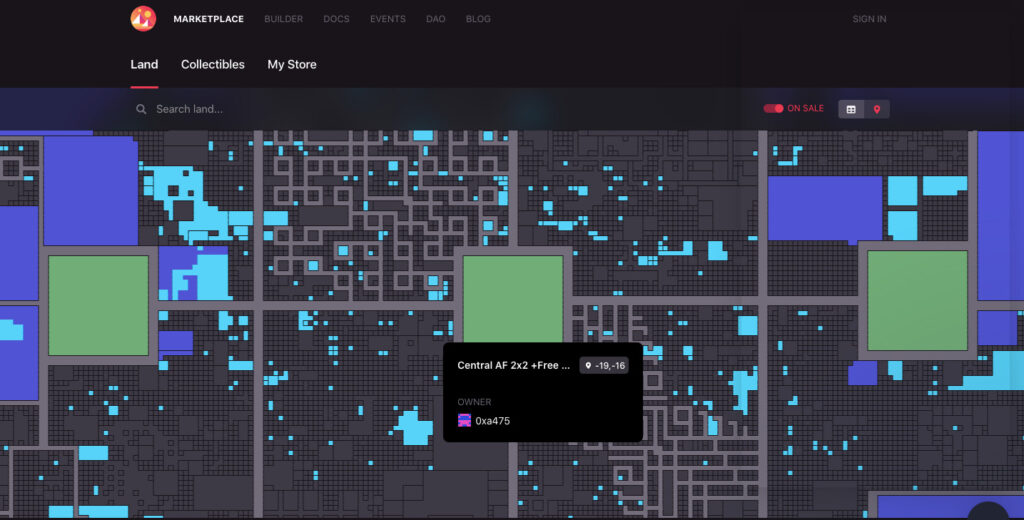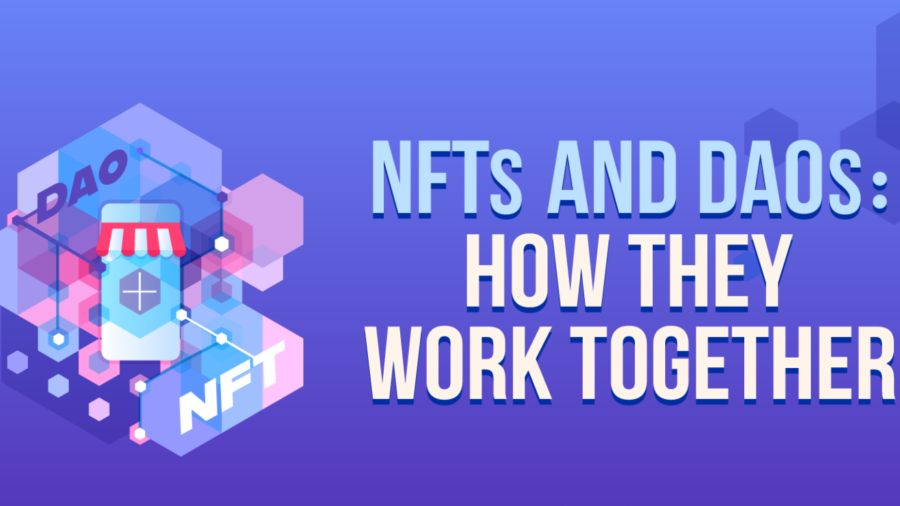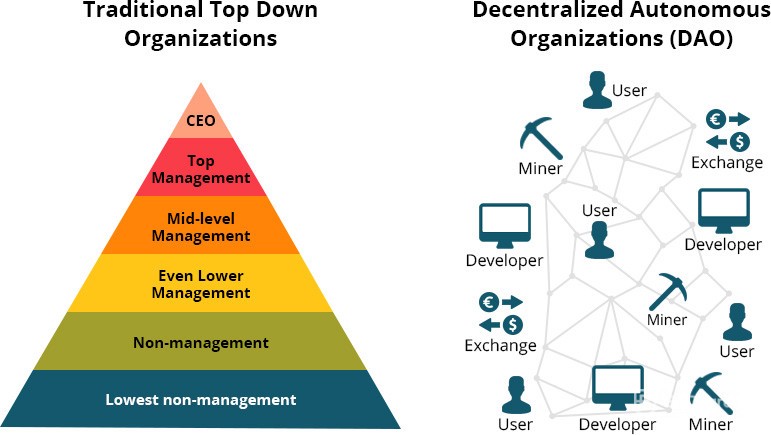Don’t let the notion of simply listing your products on Amazon fool you, selling on Amazon platform requires optimization and competition. A crucial aspect of this is conquering the buy box.
It may come as a shock, but it’s possible for a customer to purchase your item without it being credited to you as a sale. Discover the reasons behind this and how to secure the buy box for a profitable and thriving Amazon business.
If you don’t know what the Buy Box is on Amazon, you might be in for a tough time getting shoppers to buy your products. They’ll buy, of course, just not from you. The Buy Box is a critical piece of Amazon’s marketplace, especially when more than one person is selling an item.
Key Takeaways
- You need to control the Buy Box to get sales
- They Buy Box is controlled by a variety of different variables that vendors and sellers can influence
- Take control first by learning about those that might be beating you out
What is the Amazon Buy Box?
The Buy Box is the rectangle on the right side of the Amazon product page. The Buy Box can lead to the basket of different sellers, depending on who at the moment “wins” in terms of indicators. There, customers can click “Add to Cart” or “Buy Now.” Around 85% of all purchases on Amazon are made through the Buy Box.

Amazon uses a sophisticated algorithm to determine who has the buy box, and the winner constantly rotates based on a number of factors. This is why it’s so important to understand how the buy box works and what you need to do to gain control of it.
How Does the Buy Box Algorithm Work?
Amazon’s number one priority is to create a good shopping experience for its customers. Because of this, the buy box algorithm is designed to determine which seller is able to offer the best combination of value and customer service to the buyer.
Here are all the factors that go into the formula:
- Price: While it’s not the sole determining factor, it’s arguably the most important one. More often than not, if you match or offer the lowest price you’ll likely be able to win the buy box. Keep in mind that the algorithm also accounts for your shipping price as well. It does not include sales tax.
- The Type of Seller Account You Have: Only those with a Professional Seller account are eligible for the buy box.
- Whether Your Product is New or Used: Only new products are eligible for the buy box.
- Fulfillment: Your ability to consistently fulfill orders quickly and efficiently also contributes. Using the FBA program gives you the best chance, as Amazon considers this the best way to fulfill and ship orders.
- Order Defect Rate (ODR): Amazon monitors your ODR rate over the last four months. In order to win the buy box you should try to keep it under 1%.
- Feedback: This includes how many positive reviews you receive and the total number of reviews you have. The more positive reviews you have the better.
- Inventory: If your stock becomes low Amazon will be unlikely to award you the buy box as they want to make sure you can fulfill all the orders you’ll receive.
The exact workings of the algorithm are unclear, but the above items have proven to play a part in it. So, make sure to stay on top of all these factors while managing your Amazon business.

How to Win the Buy Box
Now that you know how the buy box works it’s time to go over what you can do to beat out your competition and actually get control of it.
Here are some of the best ways to win the buy box:
Use Fulfilled by Amazon
As we mentioned earlier, Amazon favours this fulfillment method over fulfilled by merchant. There are likely two reasons for this:
- Because Amazon is the one fulfilling the orders they can guarantee customers that they will be fulfilled correctly and quickly.
- Amazon wants to encourage more sellers to use FBA, since they make additional money from it.
Whatever the case may be, it’s been proven that using FBA has a positive impact on your ability to get the buy box. So, unless you have a very good reason to fulfill orders yourself you should definitely be using FBA. For most sellers, it will likely be way more convenient anyways. Plus, it makes you eligible for Prime shipping.
Offer as Low a Price as Possible
By this we mean, offer as low a price as you can while still making a profit. It doesn’t matter how often you get the sale if you’re not making any money.
To figure out what the lowest price you can offer you can consult with the Earnlytical Team to analyze cost. Earnlytical will help you to estimate all of your expenses (the cost of the product, referral fees, FBA fees, etc.) and determine your profit margins.
You can also spy on your competitors by using the different tools like Amazon Scout or contact Earnlytical where they will use enhanced strategies and tools to spy on your competition. This will allow you to see all of your competitor’s prices and monitor price changes over time to help you develop an effective pricing strategy.

Build Up Your Seller Feedback
In order to consistently get the buy box you need to have a good number of reviews, and about 90% of those reviews need to be positive. Here are a few tips to help you generate more positive feedback:
- Ask for Reviews: A great way to get more reviews is to set up an automatic email that gets sent to your customers once they receive your product. This gives you a chance to follow up with them about their purchase and ask them to leave you a review.
- Answer Questions Quickly: Answer any questions you receive thoroughly and quickly. Amazon prefers you answer all questions within 24 hours.
- Quality Control: When you receive your products inspect them carefully and ensure none of them are damaged. If you’re using FBA Amazon will do this for you, but it’s still good to check for yourself before sending your inventory to them. This lowers the chance that your customers will receive damaged goods.
Customer service is something that needs to be constantly maintained. If you slip up once or twice it can have negative consequences for your business, so always make sure you’re staying on top of it.
Keep Products in Stock
Managing your inventory is critical to your success. When your stock is low it lowers your odds of winning the buy box.
You can monitor your inventory in your seller central account. Don’t wait until you’re almost out to order more. Be proactive and place orders in advance to ensure you always have plenty of items in stock.
After selling for a while you should be able to figure out how fast you’ll run out of your products and how long it will take to receive them from your supplier. This should allow you to pinpoint the best time to place your order.
You can also keep tabs on your competitors’ inventory by using strategies from Earnlytical. .
Ship Items Quickly
Amazon doesn’t want customers to wait too long to receive their orders. If you’re not able to fulfill and ship items quickly they’ll punish you by not awarding you the buy box.
The easiest way to overcome this is by using the FBA program. With Amazon shipping your orders for you, you’ll always be sure that your products are getting delivered as quickly as possible.
Plus, Amazon won’t ever punish you for slow delivery times if you’re using FBA.

Tips and Tricks
Are you looking for more ways to boost your odds of winning the buy box? Here are a few more tips and tricks to help you be tops amongst the competition:
Choose the Right Product
If you want to make things easier on yourself choose a product that has less competition. The fewer competitors you have the easier it will be to get the sale.
Before you settle on a product make sure to do some research and consult with Earnlytical for checking the Products Total Available Market Share. Earnlytical uses high end data synchronization tools to pull up a wide range of stats on any product currently being sold on Amazon.
- Estimated monthly sales
- Number of reviews
- Sales trends and history
- A Niche Score letting you know how competitive the niche is
- A Product Score letting you know how competitive a product is
Most importantly, you’ll be able to see how many sellers are currently selling a particular product. So, not only will you be able to choose a product that is proven to sell consistently well, but you’ll also be able to find ones that have fewer sellers, giving you a better chance at the buy box.

Find an Amazon Product That Will Make You $3,000/Mo or More CONSULT FOR FREE
Sell Private Label Products
When you’re selling the same item as 50 other sellers it can be easy to get lost in the shuffle. This is why many sellers start selling private label items.
A private label product is a unique item that has your own brand name and logo on it. It can either be a completely new product that you came up with or an existing product that you’ve modified.
The advantage of this is that because you’ll be the only one selling it you’ll always have the buy box, instead of being stuck in rotation. If someone wants to buy your unique product they can only buy it from you, meaning you’ll always get the sale. And because you own the product no one else can start selling it and take away a percentage of your sales.
Coming up with your own product may sound difficult, but it’s actually easier than you think. Alibaba is a great place to start. There are thousands of manufacturers there that offer a wide range of products. Simply reach out to some that offer the types of items you’re looking for and tell them your idea. Assuming it’s doable they’ll be happy to create a prototype for you to test.
There’s a little more legwork involved in creating a private label product, but once it’s developed the process is no different than selling any other item. Plus, with no other sellers competing against you you may find it’s also more profitable.
How to See Your Eligibility for the Buy Box
If you want to know if you’re eligible for the buy box you can do so in Amazon Seller Central.
Just follow these steps:
- Log in to your Seller Central account.
- Click on the “Inventory” tab.
- Select “Manage Inventory.”
- Click on the “Preferences” tab.
- Find the “Buy Box Eligible” field.
- Select “Show When Available.”
- Once this is enabled you’ll see a “Yes” appear under the Buy Box Eligible column for a SKU when it becomes eligible.


Make sure to check this for all of your products, as there may be something you don’t know about that could be preventing you from being eligible. If you feel you’ve fulfilled all the requirements but are still being listed as not eligible make sure to report it to Amazon seller support so you can get assistance.
Is it Worth Paying for PPC Advertising if You Don’t Have the Buy Box?
You may be wondering if you should run PPC ads if you’re competing with other sellers for the buy box. The last thing you want is to pay for an ad only for it to result in one of your competitors getting the sale.
Luckily, Amazon has a system in place to help prevent this from happening. Your ads will only appear when you have the buy box, giving you the best chance at getting the sale should the person who clicked on the ad decide to make a purchase.
That being said, you should still do everything you can to win the buy box if you’re running a PPC campaign. Otherwise your ads will never be displayed and your campaign won’t be successful.
And once you do have the buy box a PPC campaign is a great way to boost your sales and take advantage of your position.
Conclusion
Earnlytical and its team of Amazon experts are here to fix Buy Box issues and navigate through many of the pitfalls that vendors encounter in their e-commerce business. Contact us today to discuss what your biggest challenges are and how we can help.



